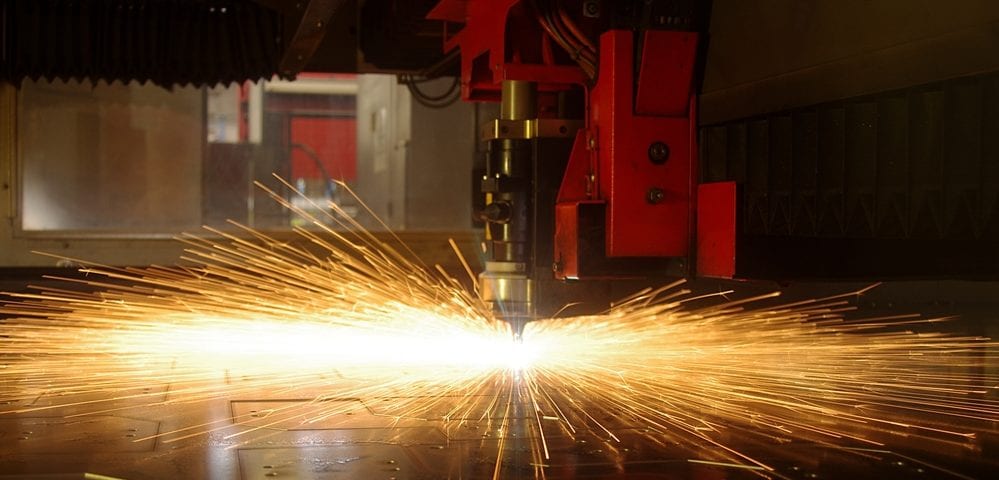How Heat and Metal Can Interact

Learning About Stainless Steel Classes, Part 2
December 10, 2018
Differences Between Aluminum and Stainless Steel, Part 1
January 1, 2019When it comes to steel and numerous other metal types, heat is a vital consideration. Various metals have different properties that are required for a number of applications and uses, and heat can transform these properties in important ways to help you get the most out of a given metal type.
At Wasatch Steel, we can help with all heating needs and questions. We have numerous steel services and processes we can help you with, and this area is high on the list. Let’s go over some basic ways that heat affects metal, plus some of the specific heat treatment processes that are regularly used in this world.
Heat and Metal
There are several properties you can alter significantly through the use of heat on metal. These include:
- Thermal expansion: When heated up, metals tend to expand in terms of length, surface area and volume. This is called thermal expansion, and it can vary in its extremity between different kinds of metal. It’s vital to take thermal expansion into account when designing and major metal structure, as heat increases in vibrations of atoms in the metal can change the size significantly.
- Magnetism: Iron, nickel and cobalt are known as ferromagnetic metals – they are naturally magnetic. However, heating them can reduce this magnetization, or even completely remove it in some cases. This temperature point, known as the “Curie temperature,” is 626 degrees Fahrenheit for nickel, 2,012 degrees for cobalt, and 1,418 degrees for iron.
- Electrical resistance: Many metals are able to partially impede the passage of electrical current. Metal that’s heated absorbs more energy, which leads to higher electrical resistance. Most people don’t realize it, but this electrical resistance is actually what’s used in thermometers to measure temperature.
- Structure: Heating metal can form a new structure, which can change everything from hardness and strength to metal ductility. Iron is a common element heated here – raising its temperature past a certain level allows it to absorb more carbon, which increases its hardness.
Heat Treatment Processes
Here are some of the specific heat-treating processes used to alter metal qualities:
- Normalizing: Heating metal to provide uniformity in grain size. Often used to create harder, stronger steels – but also can sacrifice ductility compared to some other processes. Normalizing is generally done for materials that will be machined, as it improves their machinability.
- Annealing: A process used to soften many metals, including steel. Metal is heated, then cooled at a controlled rate. It can both increase ductility and reduce hardness, allowing for easy shaping, stamping, cutting of forming.
- Tempering: When you want more ductility in your steel, you use tempering. This is a low-heat process that generally comes after hardening, and leaves you with a tougher and less brittle final product.
- Hardening: Hardening involves high-temperature heat until some percentage of carbon is dissolved, then a quenching process that uses rapid cooling in oil or water. Hardened metals have great strength and wear resistance, but may also be more brittle – this is where tempering comes in, though.
For more on the connection between heat and metals, or to learn about any of our steel products available, speak to the staff at Wasatch Steel today.


